Coming Together in Digital Dissent: The World of Intimate Rebels and their Technological Assemblages
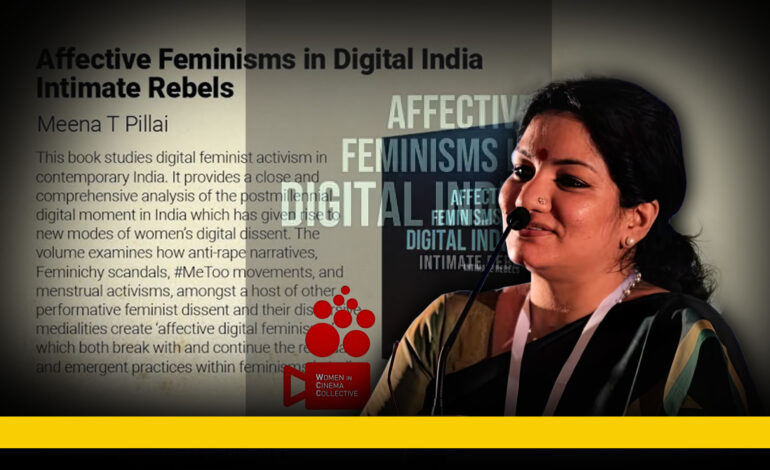
Prof. Meena T. Pillai’s ”Affective Feminisms in Digital India: Intimate Rebels“ (Routledge, 2023) is a ground-breaking and thought-provoking exploration of the intersections between technology and feminism within the unique context of Kerala. The author offers a comprehensive analysis of how digital platforms have become powerful tools for feminist activism and advocacy and shares the success stories, struggles, and sorority bonding of the post-millennial generation which offers the promissory possibilities of crafting a brave new world.

Prof. Pillai analyses the quotidian practices of many women, who are often untethered by leaderships and organisations and who use the Internet to express their views, blog, post pictures and reels, narrate their ‘everyday lives ‘ and articulate the patriarchal violence that surrounds them. She rightly observes that their digital presence creates small communities and forges decentralised, non-hierarchical and leaderless sororities to form networks of women advocating gender equality and justice. For instance, according to the author, this is the configuration of new voices in Indian women’s resistance.
Affective Feminism in the Digital age
Feminist theory and the study of affect, emotions, and feelings are combined in affective feminism. It examines the interactions between gender, power systems, and affective experiences and emotions. It also looks at the connections between feelings and numerous feminism-related topics, including activism, representation, and individual experiences. By using the term “affect”, the author refers to the affectations of the body by which the “body’s power of acting is increased or diminished, helped or hindered and at the same time the ideas of those affections.”
In concurrence with affective feminism, Prof. Pillai historicises and contextualises the watershed moments for gendered dissent in India, mobilized by transnational feminist impulses through the interactive Internet. Though she admits that it is still tentative to call it a definitive moment in the history of Indian feminism, she contextualises these intersectional movements to understand the evolution of women’s digital movements. Moreover, she provides valuable insights, opportunities and challenges that intersectional, affective feminisms face in digital India.
The author etches out the women’s question from the colonial times to the present and delineates the history of feminist resistance with an assiduous emphasis on the fact that feminism has gone through the tirade of the colonialist reformist agendas to the self-reflexive intersectionality in the wake of globalization. She adds that ‘women forged new vocabularies, new technologies, coalitions, values, alliances, and methods within complex mediatised and digitalised landscapes, gendered, fluid networks/assemblages rendered possible by emergent technologies.’
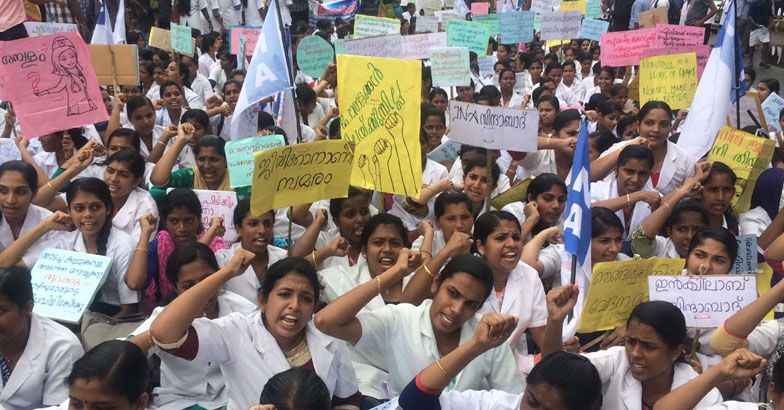
Prof. Pillai further lays bare her study as a monograph that seeks to probe gendered, fluid networks/assemblages rendered possible by emergent technologies nurtured by the digital transformation of the 1990s. She terms it fetchingly as ‘the messy multiplicity of feminist activism’. While analysing Hashtag online movements, she reflects on their global response and recognition in the wake of #metoo movements and how they have become a turning point in the trajectory of feminist politics worldwide. Interestingly, globalisation and the shrinking of time and space have created the networks and lineages of women across villages and metropolises.
The intellectual value of the book lies in its detailed citations, notes and bibliography where a plethora of international and national theorists on feminism, gender, performance, affect, and online and offline materials on popular culture are diligently arranged as a research trove for posterity. To begin with, Meena T. Pillai contextualises the media testimonials and networked affects and highlights the multifarious layers of responses that shook the country following the Nirbhaya case. She begins by saying how violated bodies become sites of multi-edged violence when a ‘raped woman’s trauma becomes a pornographic script… whereby the laying bare of the act becomes the laying bare of the subject’. When the entire country’s media went news-happy and aired cataclysmic pathos over the imagined scopophilic pleasure of narrating rape ad-nauseum, the country erupted with feminist voices giving vent to rage, dissent and resistance and pronouncing new idioms of resistance that the country had never before witnessed. Prof. Pillai calls this the defining moment of digital resistance and forging of new solidarity networks. At that moment, they also exposed the inadequacies of the paradigms of hyper-masculine narratives, exposed political agendas, and questioned the widespread media projections of an idealised woman under threat.

Most importantly, it paved the way for a new wave of feminist sensibility. The social media bustled with activity as activists created medians of protest and rage, often resisting patriarchal narratives and legitimizations of rape. With this background, the book analyses the new discussions on gendered, digital mobility, which spanned around cases of brutal rape and murder of Jisha and Sowmya in Kerala. While examining how the digitalised spaces have the potential to be new loci of feminist dissent, Prof. Pillai also delves into the historic #LoSHA (List of Sexual Harassers in Academic) and the backlash it faced within certain feminist quarters, which strained to delegitimise the long and tenuous struggle against sexual harassment. However, the new wave of digital activism sought out cyberspaces to articulate new registers of dissent to address gendered power structures and attempted to disrupt hegemonic systems. However, millennial digital feminisms have also faced stiff resistance in the form of innate social biases, conservative public mindsets, political apathy and long-drawn-out litigation processes. Prof. Pillai deftly draws our attention to Kerala as a complex site, where a dialogue between transnational regional feminism on the one hand and a site-specific, regional-specific digital dissent, on the other, is forged.
Role Women’s Movements and Strikes
By historicising and contextualising a series of women’s strikes and movements in Kerala, beginning with the working women of Kalyan Sarees going on a strike, nurses struggling for better working conditions, women journalists protesting against sexual assault and moral policing, the actions of Pembilai Orumai, and so on, Pillai highlights the fact that women are collectively becoming awakened to their precariously gendered existence as individuals, citizens and workers in present-day India. She observes that distinct women’s histories and ‘gender paradoxes are writ large on Kerala’s social terrain.’ She exemplifies the fact that in 2017, the sexual assault on a woman actor and the formation of the Women in Cinema Collective (WCC) in response formed the core of one of the most visible gender debates that shook the Malayalam film industry as never before.
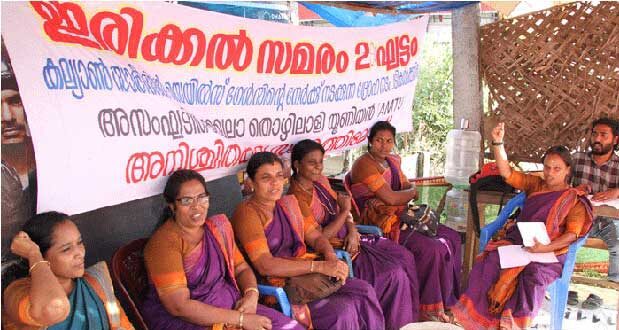
The author traces the history of Malayalam cinema, entrenched in caste hegemonies and patriarchy, and how it perpetuated institutionalised misogyny and its coordinates as ‘online and offscreen violence and various other kinds of exploitative tactics.’ WCC was the first organisation in India to question the gender asymmetry and violence in the cinematic space. It brought to the public attention the gender precarity that prevailed in Malayalam cinema. Prof. Pillai underscores the fact that WCC set a precedent that neither Hollywood nor Bollywood could conceive of, with ‘an insistence on the imperative to create a space and devise a means of speaking as a woman, to re-vision sexed subjectivities in cinema and to puncture masculine language with feminine needs, desires and anxieties.’
The author also narrates how the actor Parvathy Thiruvoth’s interview at the Open Forum of the IFFK (International Film Festival of Kerala) citing the example of misogyny in a particular movie triggered debates on the verbal and physical violence against women in Malayalam cinema. It unleashed a string of digital abuses against Parvathy and also introduced a neologism, a portmanteau of Feminist and koothachi (a bitch) Feminichi into the virtual and real vocabulary. This cascade of digital abuse evoked a response from Parvathy (OMKV – Odu Maire kandam vazhi or ‘Run away through the paddy field, you pube’) puncturing the sting of collective misogynistic attacks on her. Notably, in many misogynistic, politically incorrect and pseudo-scientific patriarchal digital discourses, women have come out against them jointly, forging solidarities and making digital interventions. A scandalous and derogatory slur like feminichi was embraced by many women online, and many proudly called themselves feminichis. The book also discusses at length the culture of moral vigilantism in Kerala and the various individual and collective resistances in the form of the ‘Fish Fry Debate’ by Rima Kallingal, Rehana Fathima’s ‘Baring the Breast Protest’, and the ‘Kiss of Love’ movement’.
Meena T. Pillai rounds up her book in the chapter titled ‘Sacred Masculinities, Feminist Pilgrimages’, where the controversial Sabarimala verdict elicited a cascade of digital activism and ‘fiercely played out battles’ across the right-wing, left-liberal, feminist sensibilities. The author observes that ‘the Sabarimala verdict took Kerala’s polity by storm, revealing its deeply gendered fault lines and the complex ways in which gender complicates the relation between religion, state and the public sphere’. The author also elaborates on the visible, visual activisms around menstruation adopted by the protestors, which was part of the affective political participation in the form of witnessing. She also explores digital platforms like ‘Quora’ where respondents created ‘an affective interweaving of modernity and tradition, invoking traditional modes of identification with religion and faith while emphasizing the social capital of “respectable” feminity.’ At the same time, she takes a look at the virtual realms of feminist sacrileges where viral women’s voices popularised pseudo-scientific content arguing for the cause of Ayyappan’s celibacy and also explicating various ways in which the temple’s magnetic aura would be burst and disrupted by menstrual blood. A digital avalanche of sarcastic comments, humour and counter-mimicry countered this. The cyber world erupted with the bipolarity between activists and believers of ‘ready to wait’ and ‘happy to bleed’ advocates; one party embraced faith radically and the other, draped dissent and subversion in their activism.
The book thus becomes the testimony of affective digital activism, which was mirrored in various ways of dissent across the cyber world, especially in Kerala, and the critical acumen of the book is reinforced with theories of gender, performance, affect, and cybercultures worldwide. It also gives a glimpse into the agential opportunities displayed by Indian women in the digital world, which constantly engaged in anti-hegemonic practices. For the author, Intimate Rebels is a trope of her own ‘bloodied speech’ and ‘affective alignment’ engaging the world of ‘artful feminichis whose anger, shame, and disgust come together with fluctuating intensities’. With 238 pages of women’s digital dissent and assemblages, this book shall definitely pave the way for many new universes of dissent, virtual and actual. It will also create polyphonic conversations with them across generations, gender, race, caste and class, beyond doubt.



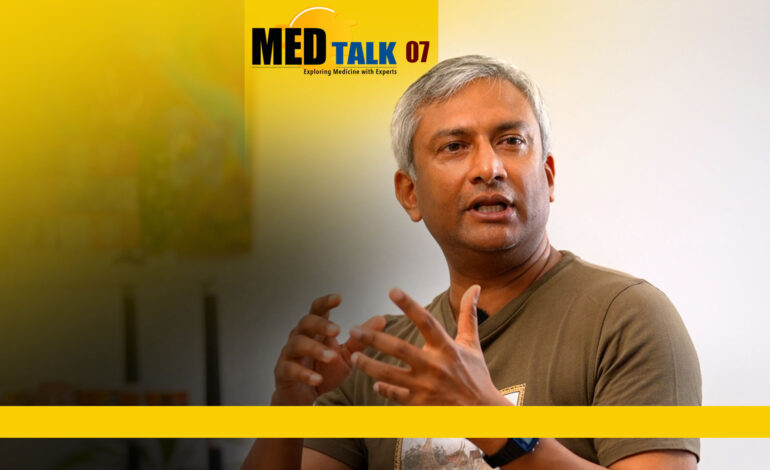

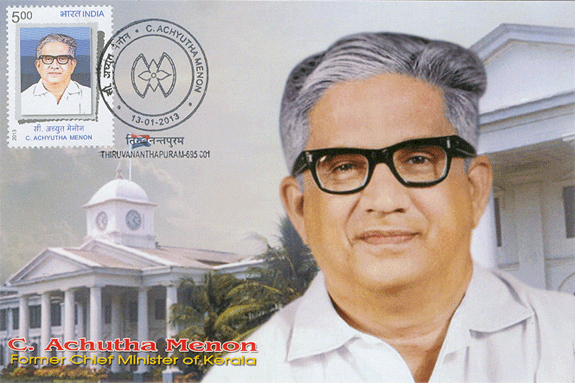


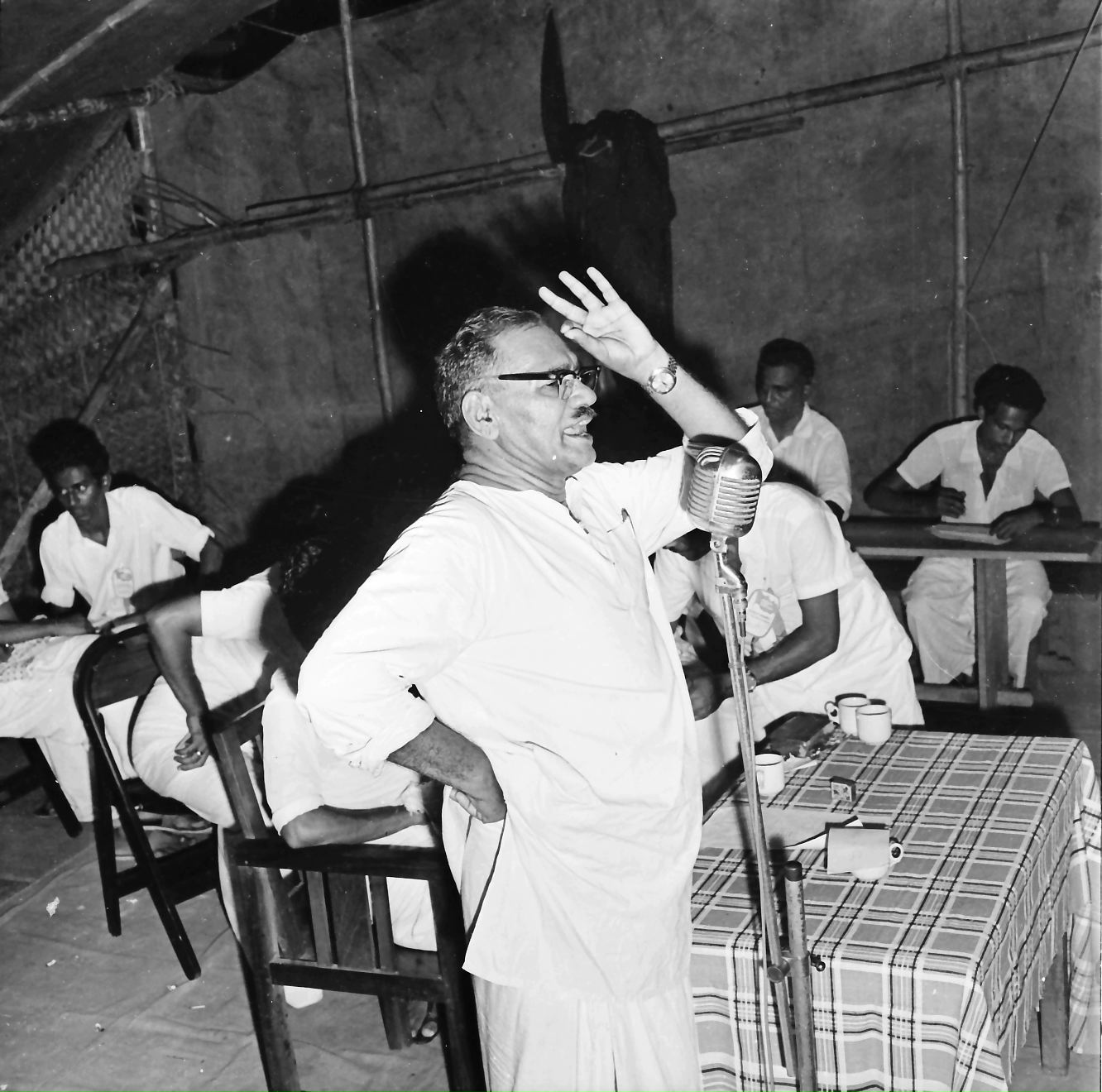



Review really induces to read the book… writing on the topic is need of the hour…
It deals the topic in depth as well as unbiased… great work.. keep it up